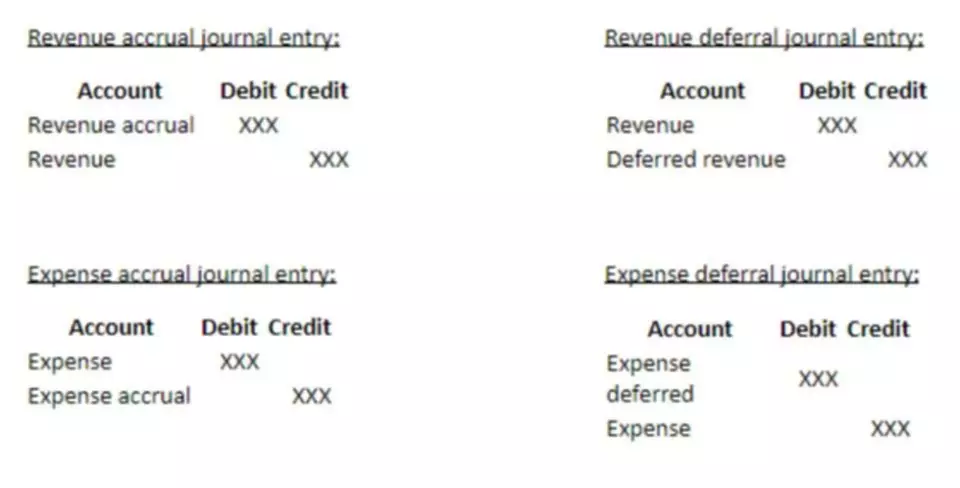Content
- What Is Bookkeeping? A Small-Business Owner’s Guide
- Deciding if double-entry accounting is right for you
- How Do You Start Double-Entry Bookkeeping?
- Meaning of double entry bookkeeping in English
- How to Use Double-Entry Accounting
- What is double-entry accounting?
- A Relatively Painless Guide to Double-Entry Accounting

It looks like your business is $17,000 ahead of where it started, but that doesn’t tell the whole story. You also have $20,000 in liabilities, which you’ll have to pay back to the bank with interest. Glancing back at these entries, you’d also have no idea which account the $3,000 for rent was withdrawn from. This is why single-entry accounting isn’t sufficient for most businesses. The system might sound like double the work, but it paints a more complete picture of how money is moving through your business.
- It is different from the single entry accounting system, which involves filling in the information in only one account.
- Each account is scoped by User , meaning each user can have their own account of each type.
- Let’s say you just bought $10,000 of pet food inventory on credit.
- You should always remember that each side of the equation must balance out.
- Under the double-entry system, the total assets and liabilities of a business concern are recorded properly.
The most scientific and reliable method of accounting is the Double Entry System. One must have a clear conception of the nature of the transaction to understand the double-entry system. If the customer did not pay cash but instead was extended credit, then “accounts receivable” would have been used instead of “cash.” A notation may be added to this journal entry to indicate that the revenue was from repair services.
What Is Bookkeeping? A Small-Business Owner’s Guide
A double entry accounting system refers to the bookkeeping process in which two entries are made simultaneously in two different accounts to ensure that the credit and debit sides double entry accounting tally. The double-entry system requires a chart of accounts, which consists of all of the balance sheet and income statement accounts in which accountants make entries.

Irrespective of the approach used, the effect on the books of accounts remains the same, with two aspects in each of the transactions. For this transaction, cash decreases for $2,000, and furniture increases by $2,000.
Deciding if double-entry accounting is right for you
The cash balance declines as a result of paying the commission, which also eliminates the liability. The reason your debit card is called a debit card is because the bank shows your balance as a liability because they owe your money to you—in essence, they are just holding it for you. The chart of accounts is a different category group for the financial transactions in your business and is used https://www.bookstime.com/ to generate financial statements. Debit accounts are asset and expense accounts that usually have debit balances, i.e. the total debits usually exceed the total credits in each debit account. There are two different ways to record the effects of debits and credits on accounts in the double-entry system of bookkeeping. They are the Traditional Approach and the Accounting Equation Approach.
- On the flip side, that transaction would also get recorded as a credit in another account.
- This system is a more accurate and complete way to keep track of the company’s financial health and how fast it’s growing.
- This bookkeeping system ensures that there is a record of every financial transaction, which helps to prevent fraud and embezzlement.
- If the amounts don’t balance, there’s an accounting error somewhere in your records.
- You always list an increase in assets in the debit column and a decrease in assets in the credit column.
Therefore, if you’re following the double-entry accounting method, you’ll record the sale amount as an increase on your cash account and a decrease in your inventory account. A debit is that portion of an accounting entry that either increases an asset or expense account, or decreases a liability or equity account. The double entry system is more organized and helps assess the overall financial scenario of a company. Hence, the tax authorities trust and accept the method for tax purposes. However, a single entry accounting method is less trusted and not acceptable for tax computation by the authorities.
How Do You Start Double-Entry Bookkeeping?
The products on the market today are designed with business owners, not accountants, in mind. Even if your knowledge of accounting doesn’t extend beyond Accounting 101, you’ll find most accounting software applications easy to use. By using double-entry accounting, you can be sure all of your transactions are following the rules of the accounting equation. The key feature of this system is that the debits and credits should always match for error-free transactions.
Your Complete Guide to Bookkeeping for Your Business – Entrepreneur
Your Complete Guide to Bookkeeping for Your Business.
Posted: Thu, 04 Aug 2022 07:00:00 GMT [source]
